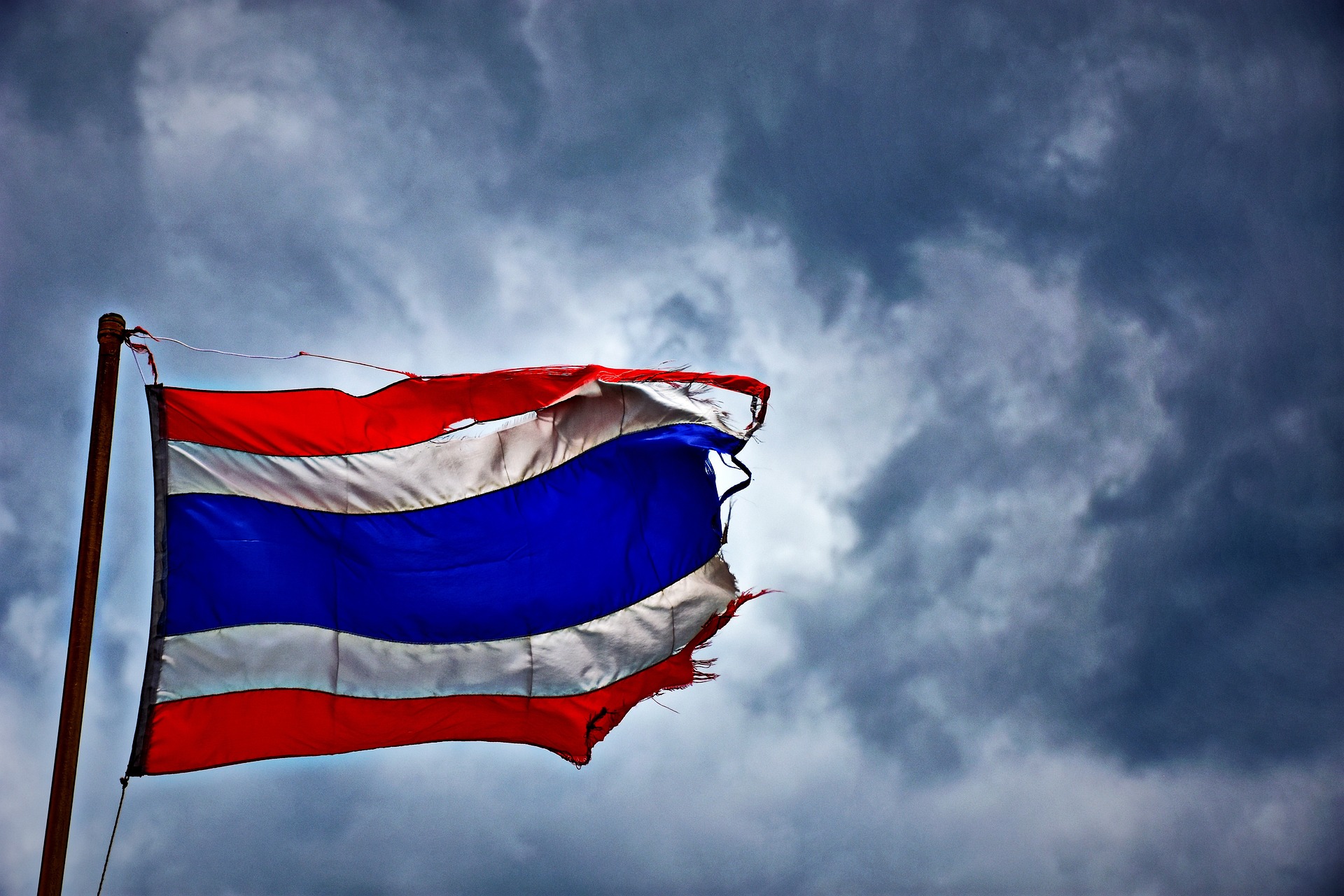Kingdoms of Siam and Thailand

Thailand, also known as Siam, has a rich history that spans many centuries and is characterized by the emergence and fall of several kingdoms. The most notable Thai kingdoms include the Sukhothai Kingdom, the Ayutthaya Kingdom, the Thonburi Kingdom, and the Rattanakosin Kingdom.
The Sukhothai Kingdom was founded in 1238 by King Sri Indraditya, who established the city of Sukhothai as the capital. The kingdom saw significant cultural and economic growth under the rule of King Ramkhamhaeng, who is credited with establishing Thai identity and culture. The Sukhothai Kingdom’s temples and art were built in a distinctive style that emphasized lotus-bud-shaped chedis and intricate carvings of Buddha images. The kingdom’s influence can be seen in the art, architecture, and culture of modern-day Thailand.
The Ayutthaya Kingdom was established in 1351 by King Uthong, who built a powerful army that allowed him to conquer neighboring territories. The kingdom became a major power in Southeast Asia and was known for its military might, international trade, and cultural connections. The Ayutthaya Kingdom’s temples and art were built in a distinctive style that emphasized tall, slender chedis and intricate carvings of Buddha images. The kingdom’s influence can also be seen in the art, architecture, and culture of modern-day Thailand.
The Thonburi Kingdom was established in 1767 by King Taksin after the fall of the Ayutthaya Kingdom. The kingdom was short-lived, lasting only 15 years, but it saw significant economic and cultural growth during its brief existence. The Thonburi Kingdom’s art and architecture were influenced by the Ayutthaya Kingdom and included distinctive chedis and Buddha images.
The Rattanakosin Kingdom was established in 1782 by King Rama I, who established Bangkok as the capital. The kingdom saw significant cultural and economic growth under the rule of the Chakri dynasty, which continues to rule Thailand to this day. The Rattanakosin Kingdom’s temples and art were built in a distinctive style that emphasized colorful and ornate architecture, such as the famous Grand Palace and Wat Phra Kaew (Temple of the Emerald Buddha).
Today, Thailand is a constitutional monarchy, with the Chakri dynasty continuing to rule the country. The influence of Thailand’s past kingdoms can be seen in the art, architecture, language, and culture of modern-day Thailand. The kingdom’s legacy of international trade and cultural exchange also continues to be celebrated today, with Thailand being known for its vibrant and diverse culture.
Text generated by ChatGPT. Image by พงษ์ดนัย ทองเกษม from Pixabay
